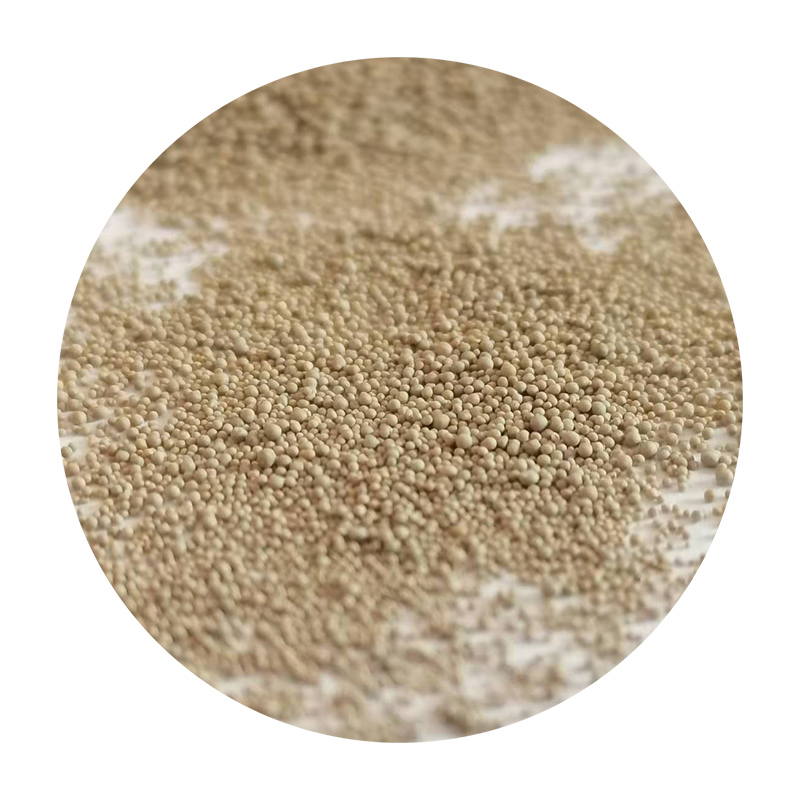Metal Sand Casting An Overview
Metal sand casting, a fundamental and widely used manufacturing process, has played a pivotal role in the production of various metal components for centuries. This method involves pouring molten metal into a sand mold to create intricate shapes and designs. With its numerous advantages and applications, sand casting remains a popular choice in the metalworking industry.
The Process of Sand Casting
The sand casting process begins with creating a mold. Typically, two halves of a mold are made from a mixture of silica sand, clay, and water, which binds the sand particles together. The mold cavities are shaped to match the desired dimensions of the final product. A pattern, usually made of metal, plastic, or wood, is placed in the sand to form a mold cavity. Once the mold halves are prepared, they are assembled, and molten metal is poured into the cavity created by the pattern.
After the molten metal solidifies, the mold is broken apart to reveal the cast metal piece. This process can be repeated multiple times, allowing for the production of large quantities of identical parts. Sand casting is versatile and can accommodate a wide range of metals, including aluminum, iron, copper, and steel, making it suitable for various applications.
Advantages of Sand Casting
One of the primary advantages of metal sand casting is its ability to produce complex shapes that would be challenging or impossible to achieve using other manufacturing methods
. The flexibility of the sand mold allows for intricate designs, which makes it ideal for manufacturing components in automotive, aerospace, and industrial machinery.metal sand casting

Moreover, sand casting is a cost-effective solution, especially for low to moderate production volumes. The materials used for sand molds are relatively inexpensive, and the process does not require expensive tooling. This makes it a popular choice for prototype development and small batch production.
Another significant advantage is the ability to use a wide variety of metals and alloys, which provides manufacturers with the flexibility to choose materials that best suit the specific requirements of their products.
Applications of Sand Casting
Metal sand casting is utilized in numerous industries. In the automotive sector, it is employed to produce engine blocks, transmission cases, and other critical components. In the aerospace industry, sand casting is used to create lightweight, high-strength components that can withstand extreme conditions.
Furthermore, the construction industry often relies on sand casting for producing fixtures and fittings, while the energy sector utilizes it for creating turbine components. The versatility of sand casting makes it an invaluable process across various fields.
Conclusion
In conclusion, metal sand casting is a time-honored manufacturing process that offers numerous benefits, including cost-effectiveness, the ability to produce complex shapes, and a wide range of metallurgical options. As technology advances, the potential for optimizing and refining sand casting continues to grow, ensuring that it remains a relevant and essential technique in modern manufacturing. With its rich history and broad applicability, metal sand casting is poised to continue shaping the future of the metalworking industry.
Post time:ต.ค. . 05, 2024 04:29
Next:Techniques for Smoothing Small 3D Prints for a Perfect Finish
